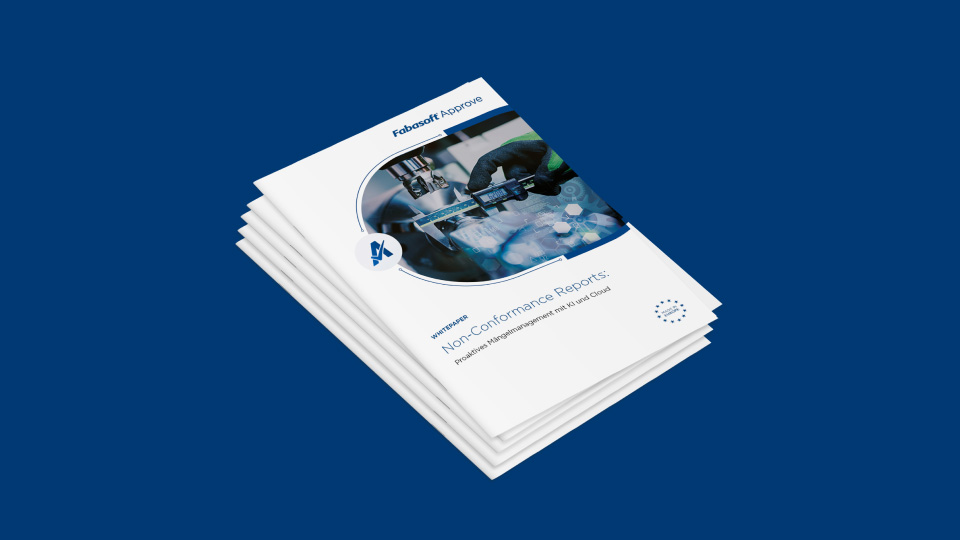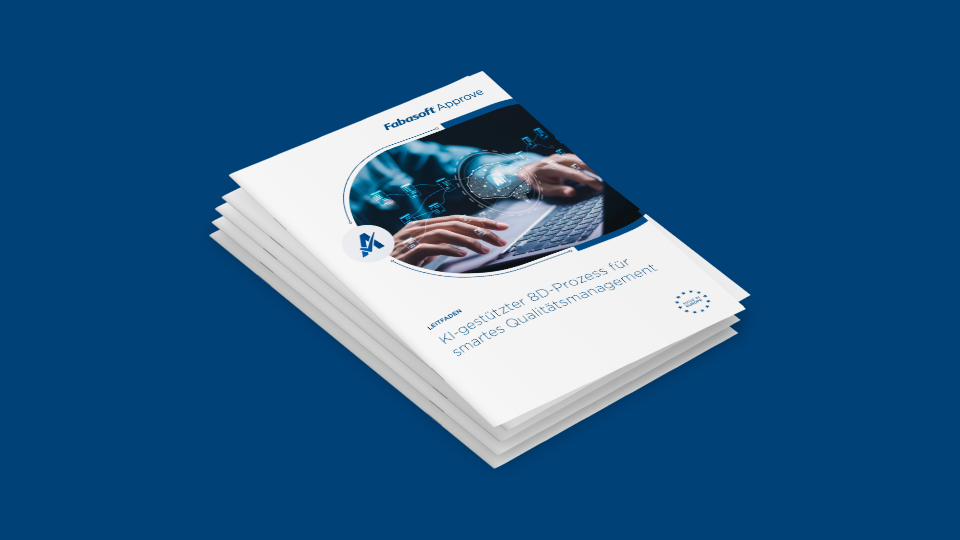The digital workplace has long since made its way into the corporate world. Digital, mobile working is an essential success criterion for many companies, making it almost impossible to imagine the everyday routine without it.
Gartner[1] also sees a clear shift from the on-premises working environment, local use of Microsoft Office, e-mail, online meeting tools, instant messaging, and on-site hard drives, to cloud-based software-as-a-service (SaaS) models. According to Gartner, this move from on-premises to the cloud would encourage positive practices such as cooperation, creativity, and employee empowerment, as users would be able to view and edit all documents together in the cloud at any time. However, the digital transformation also poses new challenges for businesses: Processes and tools are changing, while at the same time the requirements for data protection and data security are becoming increasingly more stringent because of the easy access to information and documents.
Users and processes take centre stage
Companies have to align user requirements with existing technologies in their digitisation strategies. The first step in this process is to analyse the existing workflows and tools used, and to optimise processes. This is an essential step. Next, it is necessary to clarify which digital solution is suitable for which application in order to guarantee simple and permanent access to documents while at the same time ensuring the greatest possible data and legal security.
Digital support for workflows and data storage in the cloud are changing the way we communicate. Cloud-based correspondence solutions and workflows are replacing unstructured message exchange by e-mail and instant messaging. In addition, by storing all documents centrally in the cloud, potential errors resulting from different document versions are minimised. Thus, approvals obtained by workflow clearly identify which version of the document – a contract, for example – is the most recent or the approved version. Cloud-based solutions ensure traceable processes and a uniform level of information for employees while complying with the highest security standards.
The cloud – a link between departments and companies
Platforms such as the Fabasoft Business Process Cloud are ideal as the basis for digitalising workplaces. All documents and all information are centrally located in the cloud. They are available around the clock from anywhere in the world by means of an Internet connection. A mobile device with an HTML5-compatible browser is the only standard equipment necessary for professional work. Even when there is no Internet connection, documents can be accessed easily in offline mode. This is done by synchronising folders and objects in the local file system. As soon as the connection to the cloud is re-established, the edited objects are synchronised back into the cloud. Boundaries between departments and companies are bridged seamlessly. National borders, even across continents, are no obstacle to efficient cooperation. The intuitive user interface, available in 22 languages, further simplifies seamless, process-driven collaboration. Each person involved in the process sees the user interface in their own language.
Data privacy and data security made in Europe
In addition to customised application options, security considerations are a crucial factor when choosing the right cloud product. European cloud service providers with data centres within the EU guarantee full compliance and legal certainty. One of the most important criteria is compliance with data protection regulations, which is verified by means of certifications and attestations. Alongside established ISO certifications for information security and data protection such as ISO 27001 and ISO 27018, as well as ISO 9001 for quality management and ISO 20000-1 for IT service management, the C5 certificate, which is based on the “Cloud Computing Compliance Criteria Catalogue” (C5) of the German Federal Office for Information Security (BSI), deserves special mention. Fabasoft was the first European provider of cloud services to receive C5 attestation. Additionally, a two-factor authentication at login as well as end-to-end encryption need to be considered.
Increased efficiency and cost savings
The advantages of cloud-based digital workplaces boost competitiveness and contribute to corporate profitability. The transition from on-premises to cloud-based SaaS solutions not only delivers substantial efficiency gains, it also translates into predictable and reduced IT costs. We are currently witnessing a change in the way we work together, both internally and with external partners. The technologies required for this are mature and available on the market. We just have to get started.
[1] Gartner „New Work Nucleus“, published May 20, 2019, Matthew Cain, Mike Gotta




